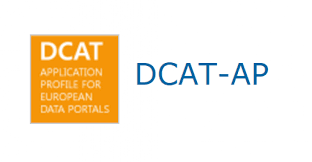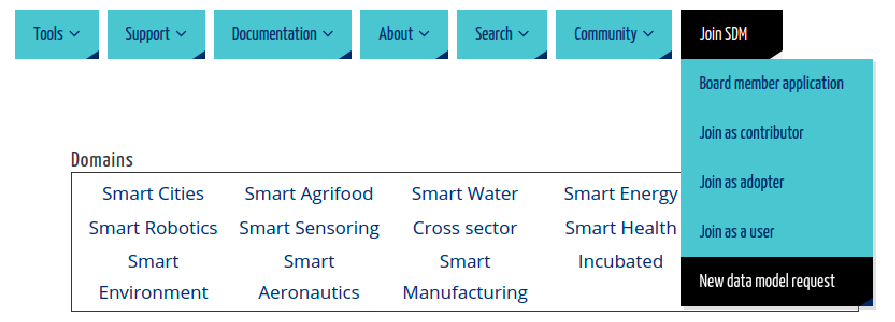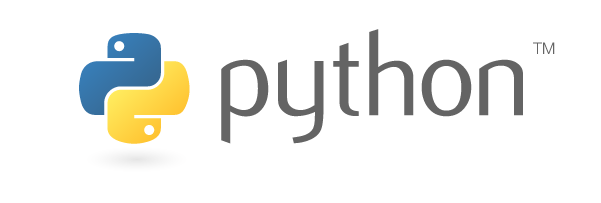Now you can see in the right widget a new entry with the link for our channel on discord #smart-data-models, you can also send your question there. (But only once you have joined by using this invitation )
If you need help on discord channel you can browse this link.










